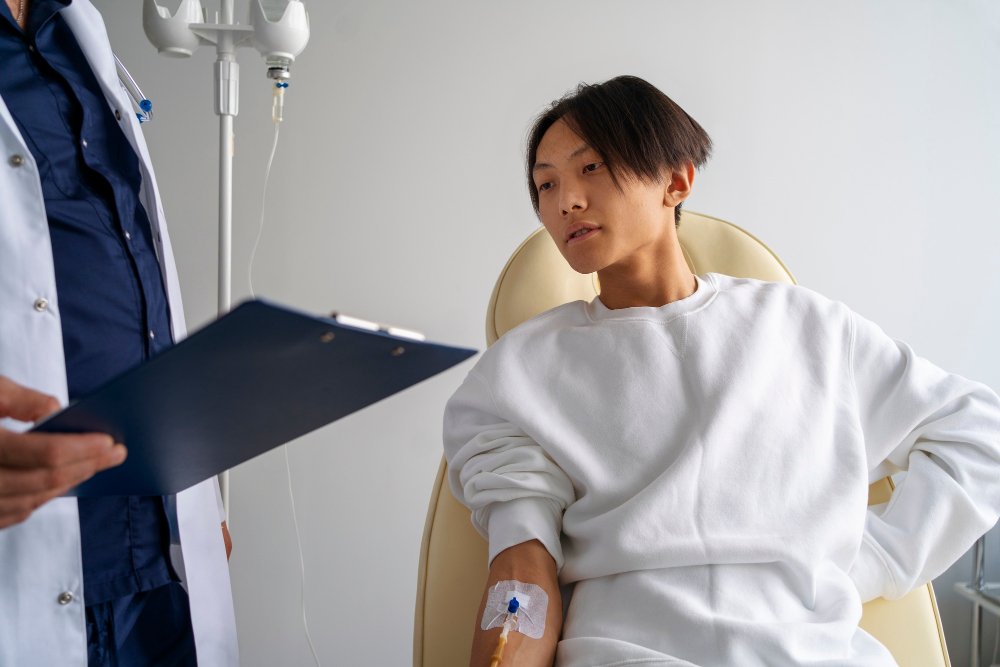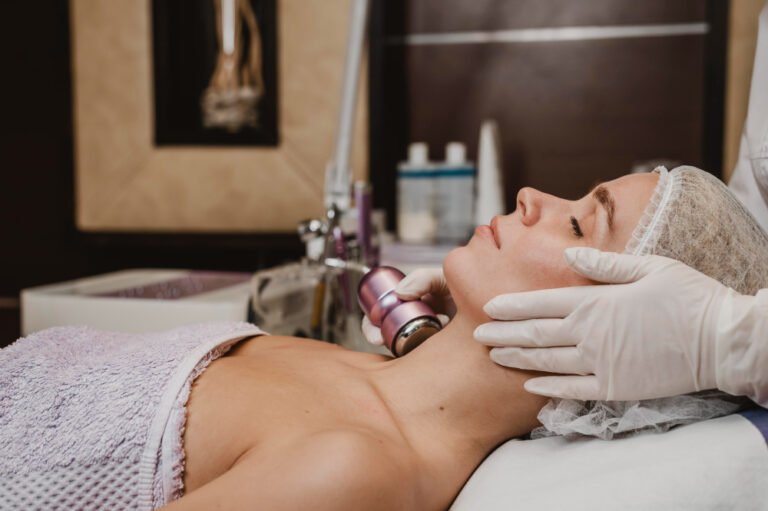Taking the first step toward fertility testing can be overwhelming—especially for male patients. Whether you’re dealing with the pressure of starting a family, navigating unexplained infertility, or prepping for IVF, the unknowns surrounding testing can create anxiety.
This article offers a realistic, step-by-step walk-through of the male fertility testing process, told from the point of view of a typical first-time patient. If you’re wondering what to expect, how it feels, or what the process is like emotionally and physically—this is for you.
🎯 Why I Decided to Get Tested
After several months of trying to conceive with my partner and not seeing results, our doctor recommended both of us get fertility testing. I’ll admit—I was hesitant. I’d never had health issues, and I assumed the “problem” was likely something else.
But learning that male factor infertility is involved in up to 50% of cases made me realize I needed to be part of the diagnostic process. So, I booked my appointment at a fertility clinic.
🏥 First Appointment: Intake & Medical History
When I arrived at the clinic, the staff were friendly and professional. The first step was reviewing my:
- Medical and surgical history
- Any past injuries or illnesses (e.g., mumps, testicular trauma)
- Lifestyle habits (alcohol, smoking, exercise, supplements)
- Sexual health (erection, ejaculation, libido)
The questions were personal—but never judgmental. The staff made me feel at ease. I didn’t feel “blamed” or judged—just treated like a person seeking answers.
🧪 Step 1: Semen Analysis (The Most Anticipated Part)
❓ What Is It?
The semen analysis is the central test in male fertility evaluation. It measures:
- Sperm count
- Motility (how well sperm swim)
- Morphology (shape)
- Volume and viscosity
- pH, white blood cells, and other factors
🚹 What the Experience Was Like
This was the part I was most nervous about. At the clinic, I was given a private collection room with a locking door, comfortable chair, sink, and a container labeled with my name.
Yes, it’s awkward. There’s no denying that. But the room was clean and quiet, and no one rushed me. Most clinics also allow collection at home if you’re within a time window (typically under 1 hour), which I opted for the second time.
➡️ Tip: Avoid ejaculation for 2–5 days before the test for the most accurate results.
💉 Step 2: Blood Testing
They drew a small sample of blood to test for:
- FSH & LH – hormones that regulate sperm production
- Testosterone – essential for fertility and sex drive
- Prolactin – high levels can disrupt hormone balance
- Other tests – depending on symptoms (e.g., estradiol)
This part was quick and painless—just a simple blood draw like any routine physical.
🩺 Step 3: Physical Exam (Optional but Recommended)
Some fertility clinics also include a physical exam by a reproductive urologist. In my case, this included:
- Examining my testicle size and consistency
- Checking for varicocele (enlarged veins)
- Evaluating signs of hormonal imbalance or blockages
The exam was very brief and professional. Again, I was a bit nervous, but the doctor explained every step and made it feel like a normal check-up.
🧬 Step 4: Genetic & Infectious Disease Screening (If Needed)
Because my first semen test showed a low count, the doctor ordered:
- Karyotype testing (chromosomal analysis)
- Y-chromosome microdeletion test
- CFTR gene test (for men missing the vas deferens)
They also tested me for HIV, Hepatitis B and C, and Syphilis, which is standard before any fertility treatments like IVF.
These tests were done with additional blood samples.
📄 Waiting for Results
The waiting was the hardest part—results took about 7–10 days. The staff reassured me they would call as soon as everything was reviewed.
A few days later, I got a follow-up consultation to go over the findings.
🧠 How It Felt Emotionally
At first, I was anxious. As a man, there’s pressure to “just work” reproductively. Facing potential fertility issues felt personal—like it reflected on my masculinity.
But the reality? Fertility is a medical issue, not a personal flaw. The process helped me take responsibility and feel empowered rather than embarrassed.
Having clear answers, and knowing I had options, made everything feel more manageable.
📌 What I Wish I Knew Before Testing
- You’re not alone. Thousands of men go through this every year.
- It’s medical, not emotional. Treat it like a check-up.
- There’s almost always something that can be done. Even low sperm counts or hormone imbalances can be treated.
- It’s okay to feel nervous. But don’t let that stop you from getting the answers you deserve.
✅ Final Thoughts: What You Can Expect
| Step | Experience Summary |
|---|---|
| Intake & History | Conversational, no judgment |
| Semen Collection | Slightly awkward, but private and respectful |
| Blood Tests | Quick and standard |
| Physical Exam | Optional, professional, brief |
| Results Review | Reassuring, informative, action-focused |
If you’re considering fertility testing or prepping for IVF, take the step. It’s one appointment that can lead to clarity, treatment, and peace of mind.



